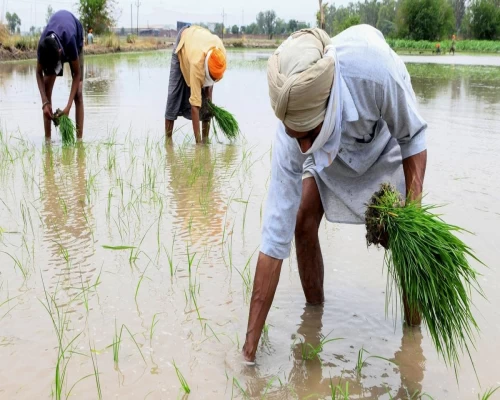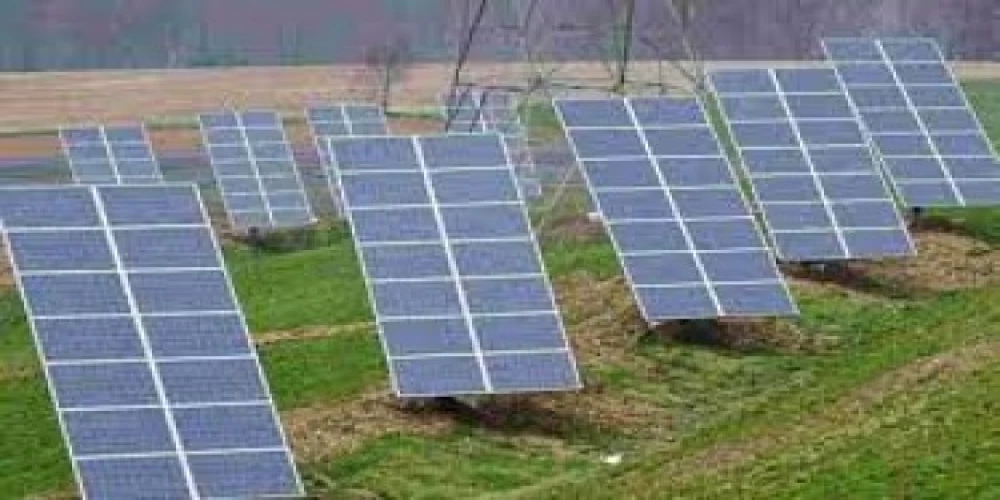
The world is on the cusp of a solar revolution. Not only is solar the world’s most abundant and clean energy source, with its widespread acceptance, it has become the common energy imperative to drive international climate action. Many countries now have well-established policies and regulations, giving it the scale and affordability that global climate action asks for. Solar energy is playing a key role not only in the developing world to tackle energy access and energy security, but also in developed countries to facilitate energy transition through integration with battery energy storage, electric vehicle charging infrastructure, and hydrogen production.
Despite technological superiority over other energy technologies in terms of cost, simplicity and ease of maintenance, modularity, and range of applications, solar is facing an important challenge that needs to be addressed. The global photovoltaic (PV) manufacturing supply chain is concentrated in a handful of countries, which resulted in recent price surges because of the choking of existing limited supply chains. These disruptions have raised important questions.
The Covid-19 crisis, leading to record commodity prices owing to multilateral challenges, have all focused attention on the high reliance on some countries for imports of energy, raw materials and manufacturing goods that are key to their energy security. The added challenge is in the procurement of solar panels. It is estimated that the global demand for solar PV, at the very minimum, will need a cumulative capacity of 5,000 gigawatts (GW) by 2030. However, given the falling prices of solar and initiatives being taken across the world, the estimates could be nearer 10,000 GW. This means an annual capacity addition of PV of about 800–1,000 GW each year, which had until now been limited to 200GW.
As we go to a future where five times the current capacity will need to be shipped, we will need to build resilient, diversified supply chains. Countries can improve resilience by diversifying their supply chains. The best way to support the development of solar PV manufacturing projects is direct support to upstream actors, for instance through financial incentives such as tax exemptions, low-cost financing or direct subsidies, for example, land or infrastructure investments.
Triggering demand and stimulating downstream players, therefore, is also an efficient way to develop the industry, but it must necessarily be followed by further investments. India has recently conducted a successful production-linked incentives (PLI) scheme to encourage manufacturing in solar PV. Bidders for projects under this would set up and run manufacturing facilities that will span the entire production cycle from making polysilicon, ingots, wafers, cells and panels of high efficiency.
The long-term financial sustainability of the solar PV manufacturing sector is critical for rapid and cost-effective clean energy transitions. Rapid growth, combined with long lead times for projects, increases the risk of supply and demand mismatches, which can lead to cost increases and supply shortages. The net profitability of the solar PV sector for all supply chain segments has been volatile. Thus, vulnerabilities across trading routes need to be hedged by supportive policies.
Increased cooperation among countries will be the backbone of energy transition, propelling investment and creating millions of new green jobs. While governments and stakeholders have begun to pay increasing attention to solar PV manufacturing, more needs to be done. The strategic importance of this sector in a rapidly decarbonising world requires like-minded countries to act together. It is expected that module manufacturing will be occurring everywhere. There is a need for support in early years and as a global community, we need to support countries in enabling an environment for manufacturing. With 110 member and signatory countries, the International Solar Alliance is making efforts to bring about this change.
Newer technologies will come into the market, including solar-plus batteries becoming competitive. New solar PV manufacturing facilities along the supply chain could attract billions in investment by 2030. Annual investment levels need to double throughout the supply chain. Polysilicon, ingots and wafers manufacturing are the critical stages and would need to attract the majority of investments to support growing demand. Solar energy is available in abundance; there is no suitable technology other than solar that allows households and communities to become self-sufficient in terms of energy. Grid-interactive mini grids and community rooftop solar installations will enable this shift. Solar energy is the one which could become the cornerstone of the net-zero India that we are aiming to see in 2070. /PIB/
(RK Singh is Union Minister of Power and New and Renewable Energy, and president, International Solar Alliance. The views expressed are personal)




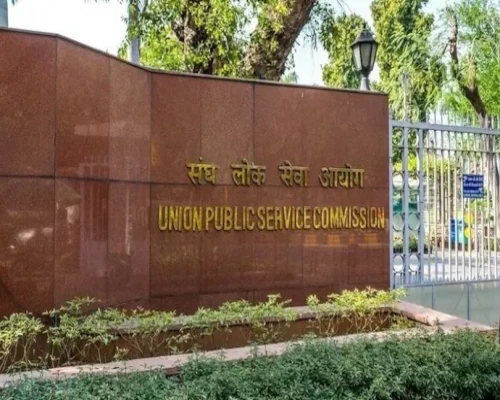


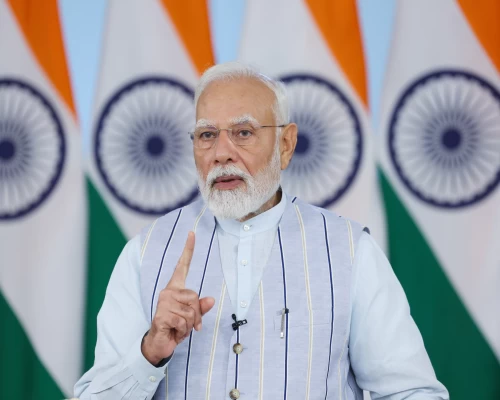
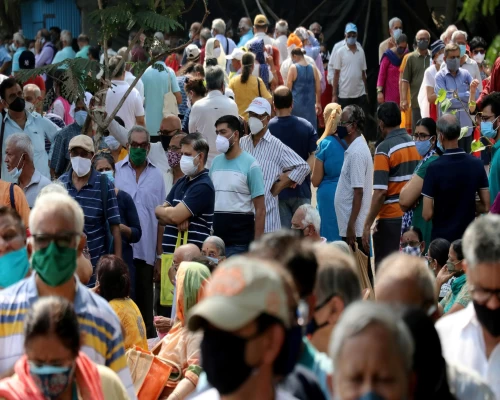
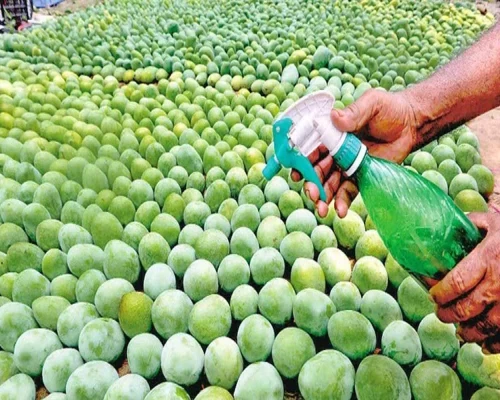
 (13)_500_x_400.webp)
